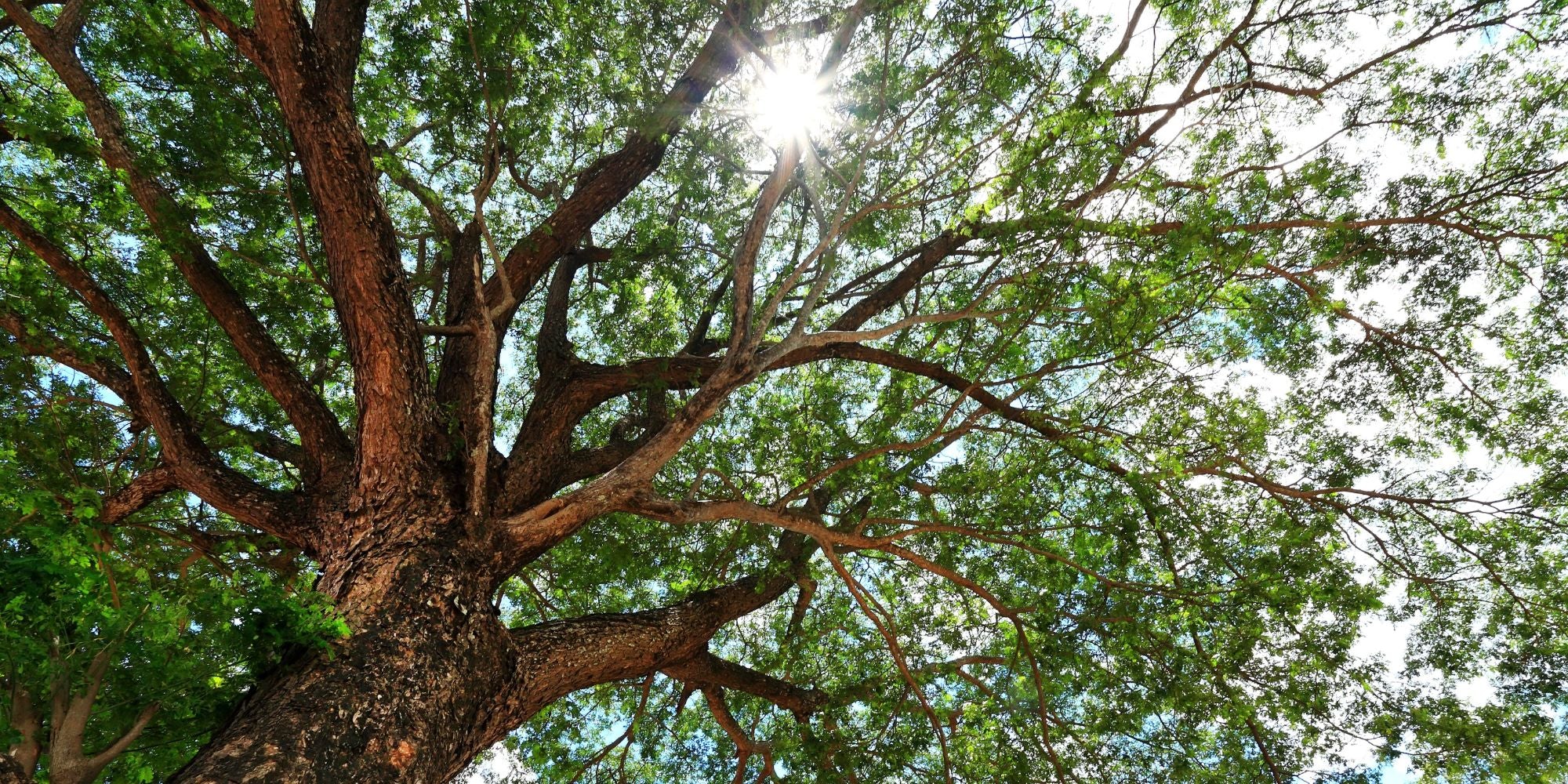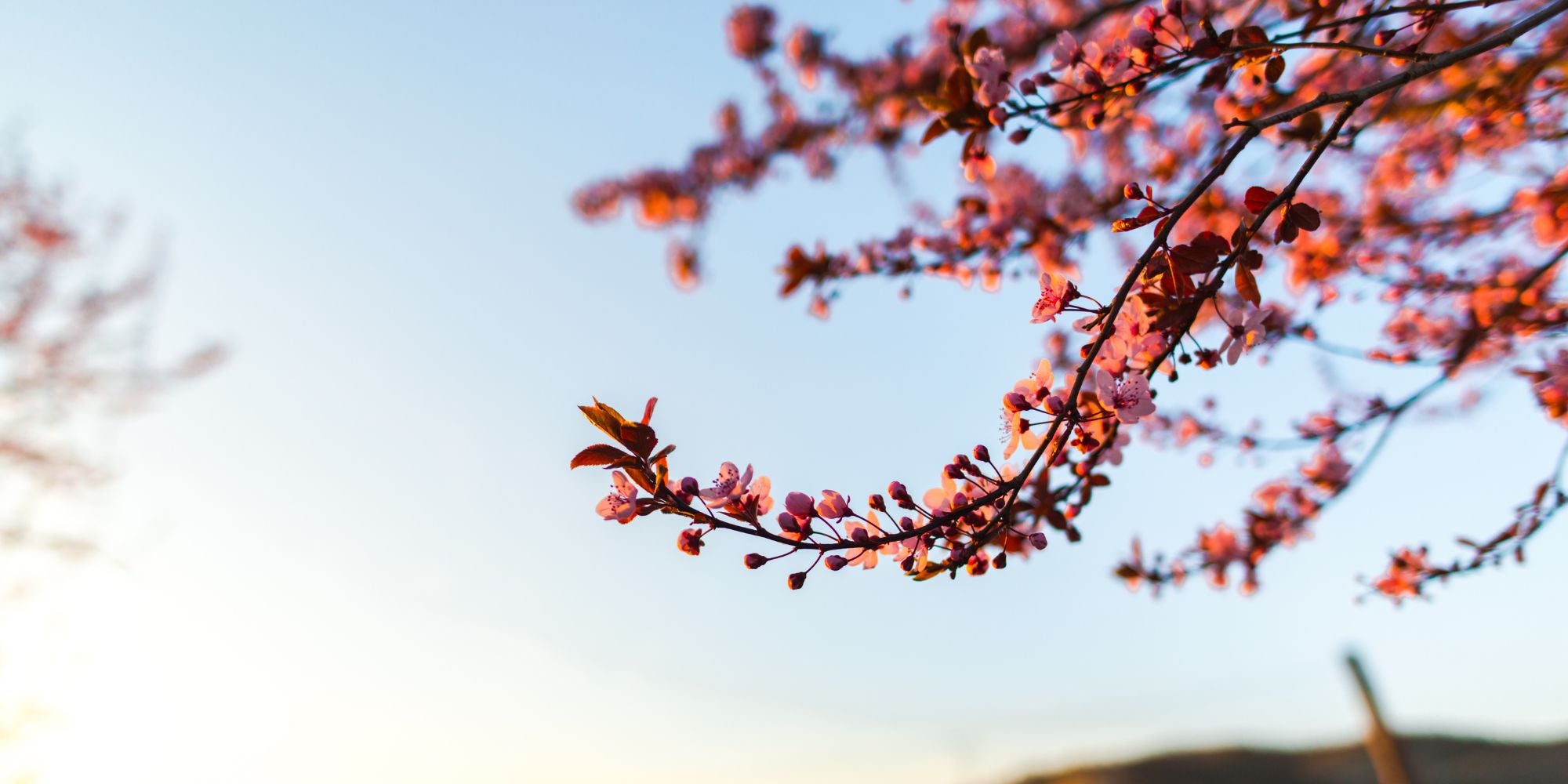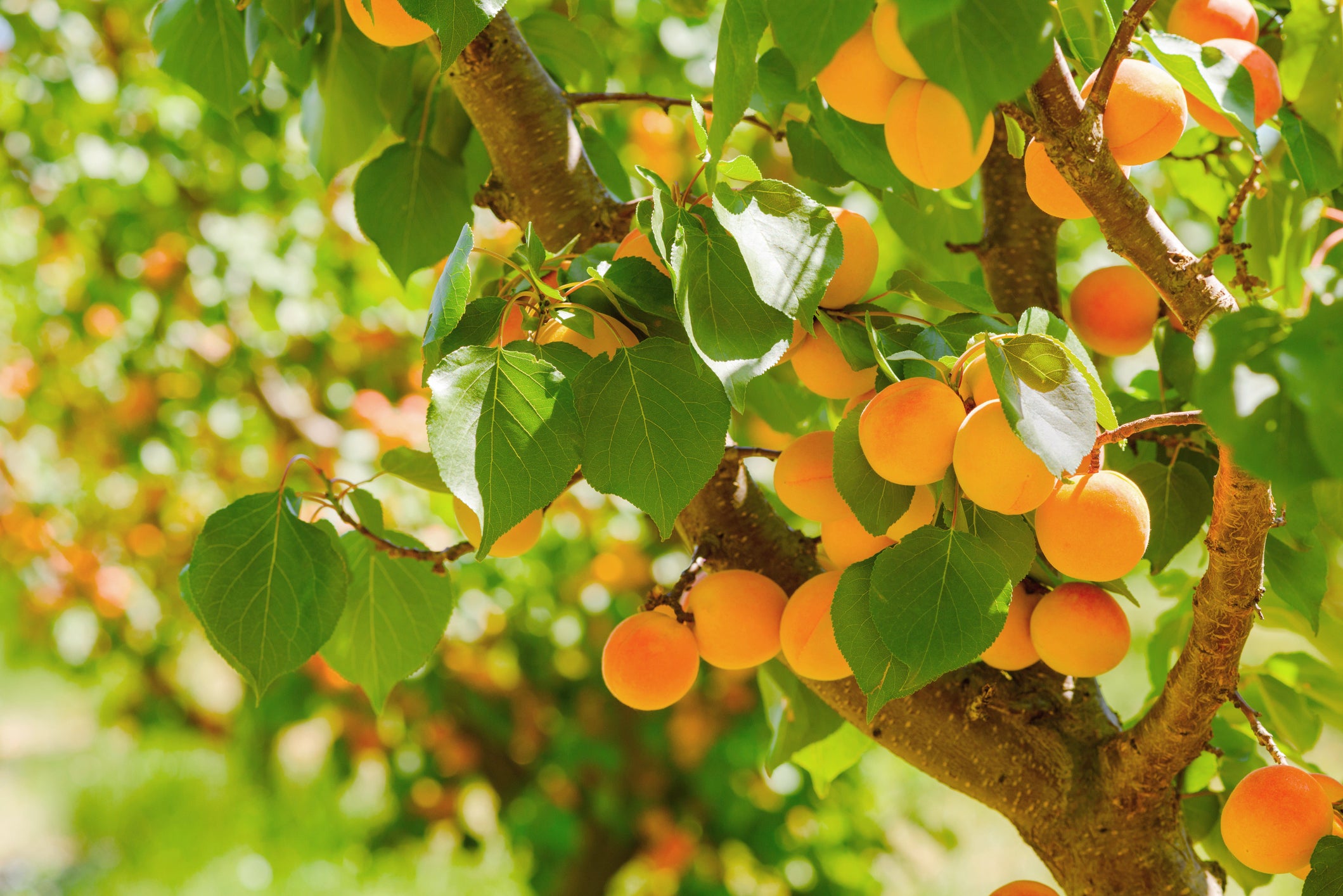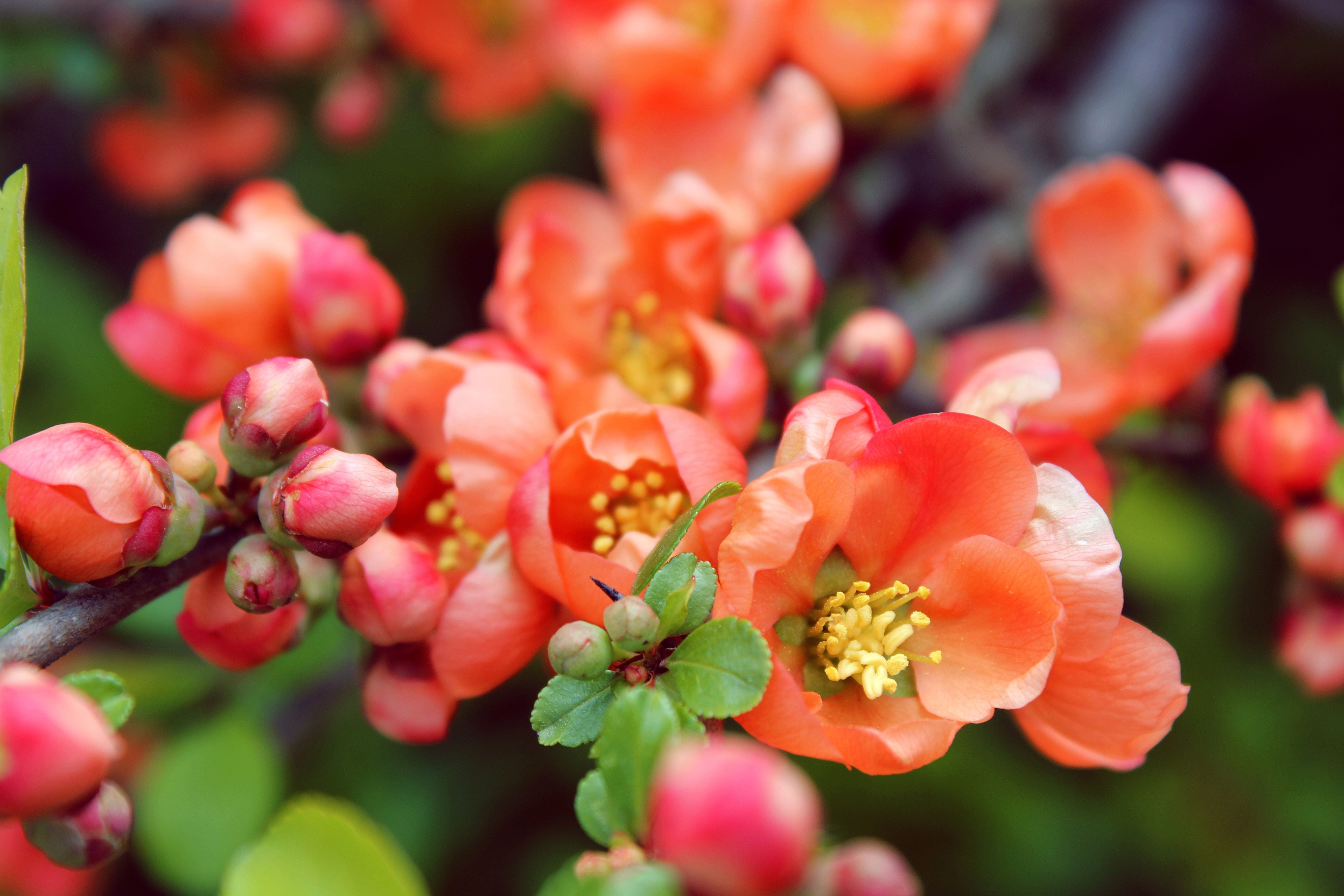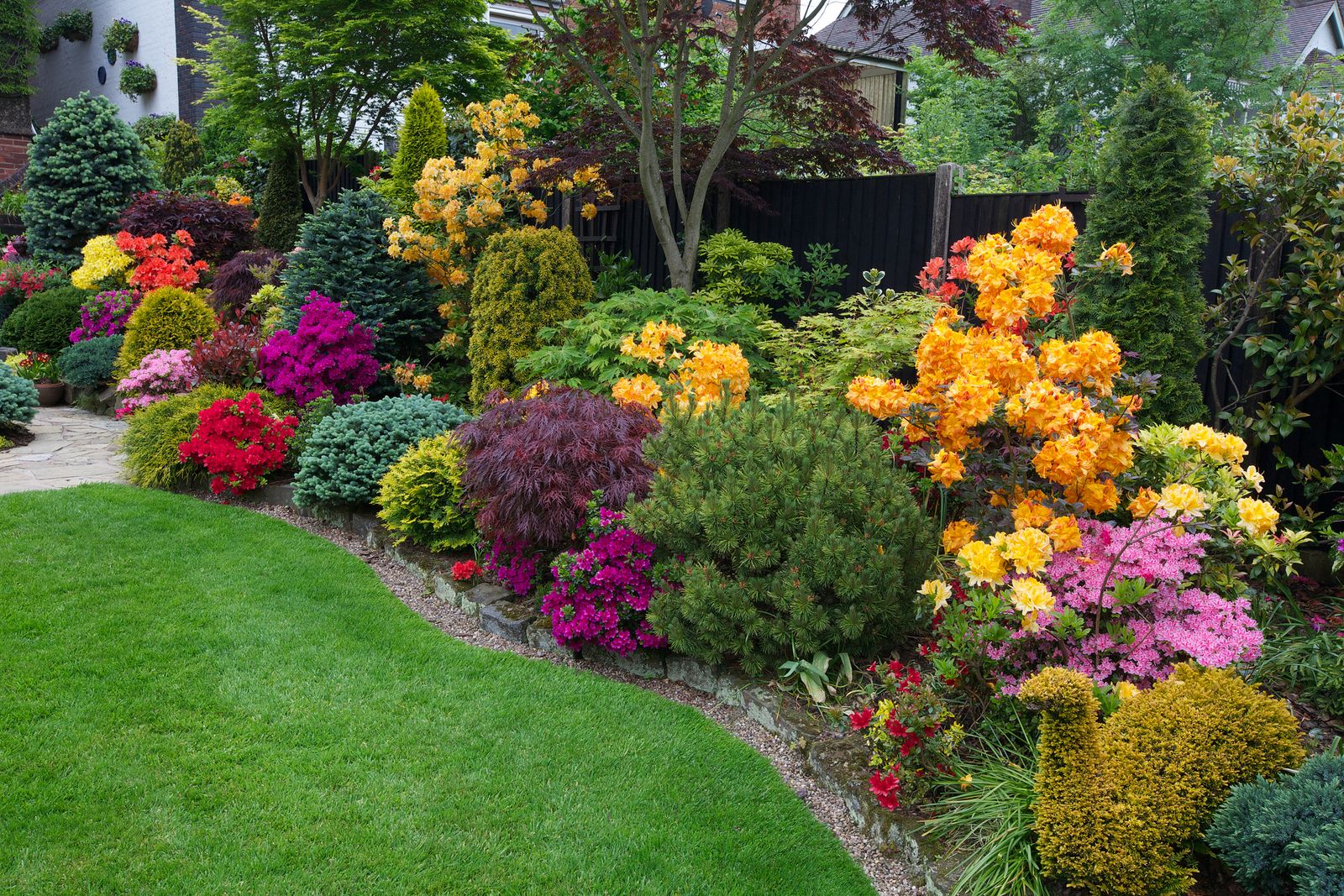The Beauty and Benefits of Native Plants

Are you looking to add some color and life to your yard or garden? Consider planting native plants! These local species have adapted to your area's unique climate and soil conditions, making them easier to care for and better suited to support local wildlife. Plus, they can add a beautiful and natural touch to your outdoor space.
But first, let's define what we mean by "native plants." In general, a native plant is a species that has evolved and adapted to a specific region over thousands of years. They are often found in natural habitats like prairies, forests, and wetlands, and have developed complex relationships with other local plants, animals, and insects. This means that native plants can provide critical habitat and food sources for local wildlife, such as pollinators, birds, and small mammals.
So, what are the benefits of planting native species in your yard or garden? Here are just a few:
-
They are low-maintenance: Because native plants have evolved to thrive in your local climate and soil conditions, they typically require less water, fertilizer, and pesticides than non-native species. This can save you time, money, and effort in the long run.
-
They support local wildlife: As we mentioned earlier, native plants provide critical habitat and food sources for local wildlife. By planting native species, you can help support the natural ecosystem in your area and create a more biodiverse and sustainable environment.
-
They are beautiful: Native plants come in a wide range of colors, shapes, and sizes, and can add a unique and natural touch to your outdoor space. Plus, they often have a longer bloom time than non-native species, which means you can enjoy their beauty for longer.
Of course, we understand that not everyone may want to plant exclusively native species in their yard or garden. There are certainly advantages to planting non-native species as well, such as:
-
They can provide exotic and unique beauty: Non-native plants often have striking colors, shapes, and textures that can add a distinct and exotic look to your outdoor space.
-
They may have specific uses or benefits: Some non-native species may have medicinal, culinary, or other practical uses that make them desirable to plant.
-
They can help with erosion control: In some cases, non-native species may be better suited for erosion control on steep slopes or other challenging terrain.
However, it's important to remember that planting non-native species can also have potential drawbacks, such as increased water and pesticide use, and the potential to outcompete and displace native species. By incorporating a mix of both native and non-native species in your yard or garden, you can enjoy the benefits of both while also promoting biodiversity and sustainability.
In conclusion, planting native species in your yard or garden can have numerous benefits for both you and the local ecosystem. However, we understand that everyone's gardening preferences and goals may differ, and we encourage you to do what feels right for you and your outdoor space. Whether you choose to plant exclusively native species, a mix of both native and non-native species, or something entirely different, we hope this blog post has given you some helpful insights and inspiration. Happy gardening!


